Avernum and Thimbleweed Park are finding homes for hints in modern games
Whether external guides or in-game systems, there's a place for hints in games that revive old school design ideas.
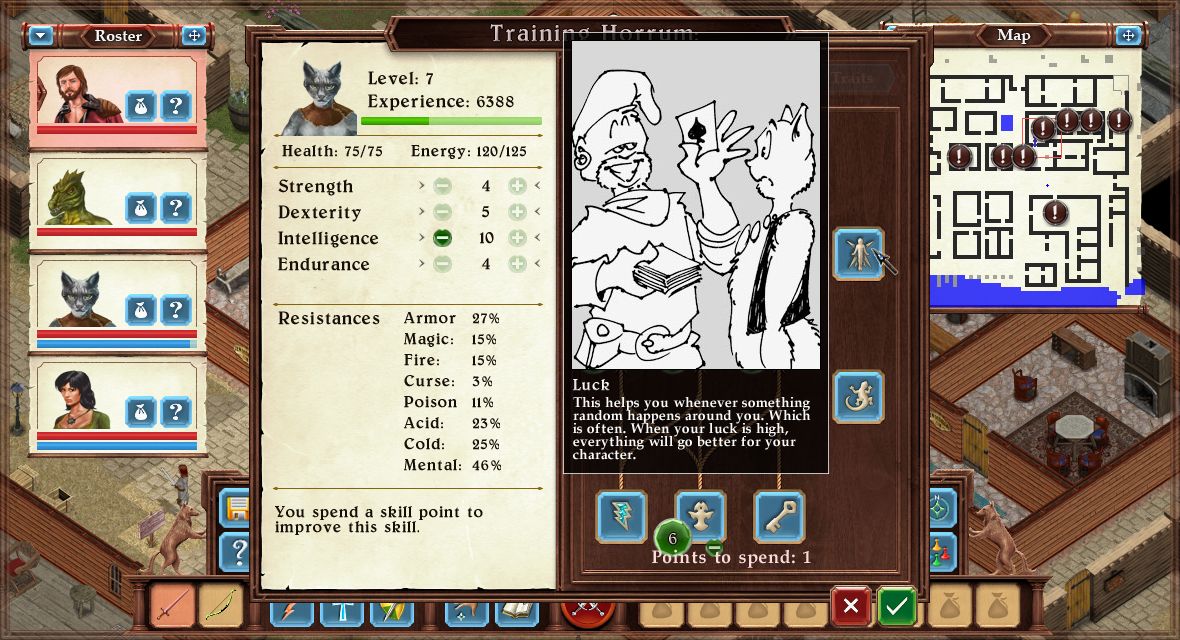
I finished the Dragon Age games on 'nightmare'. I just want you to know that.
I was advised not to waste words proving my 'gamer cred'. I was like, "Sure, I’ve been playing since the Exidy Sorcerer and reviewing games professionally for 10 years, but that’s totally not relevant. Whatever." But after four serpents killed me in Avernum 3’s tutorial area on 'casual' difficulty, my cred feels relevant.
Avernum 3: Ruined World is Spiderweb Software’s second remaster of what was originally Exile 3: Ruined World back in 1997. It’s a classic roleplaying game with turn-based combat, abundant loot, lots of story, and everything else you expect. Not only do NPCs react (and reveal their attitudes towards) the non-humans in my party, like the cold-blooded Slitherkai and cat-like Nephilim, I could specialize the first as a lockpicking missile expert and the second as a knowledgeable priest. There are so many points to buy so many things. So, what’s up with the serpents?
My error was not inexperience, it was hubris. I figured I could explore further than I should have, underestimating how much experience would be needed for early missions. I didn’t need to be handed bigger swords or squishier serpents, just a reminder to progress sensibly through an open world.

In Avernum 3’s opening stages, what I needed to hear was "Go to B and collect all of the supplies there" and then "You should probably go to Upper Avernum to gain some experience. You can get missions from Commander Johnson at D." The kind of information that is friendly and specific, like you might find in a let’s play. I don’t have time for one of those, but fortunately Avernum 3 has an official hint book and it is my new favorite thing.
I was traversing the outside of Lord British’s castle, hunting for secrets, and in a patch of forest (in the bottom right corner of the map), I found Joshua.
I ask designer Jeff Vogel if his games have always had hint books. "Yes, ever since Exile: Escape from the Pit came out in 1995," he says. "For a small game like ours, you can’t just google one. IGN doesn’t write big guides for our games and there are no wikis, like for Dark Souls or AAA games. Our first games were shareware, so our demos were distributed on CDs and over AOL. We mailed hint books on actual paper, using actual stamps."
As a kid my dad convinced me that he had a "friend at work" he would ask for help "in a couple of days." He was actually consulting hidden hint books on a shelf. (It was a lesson in delayed gratification.) For RPGs, I always needed maps.
Keep up to date with the most important stories and the best deals, as picked by the PC Gamer team.
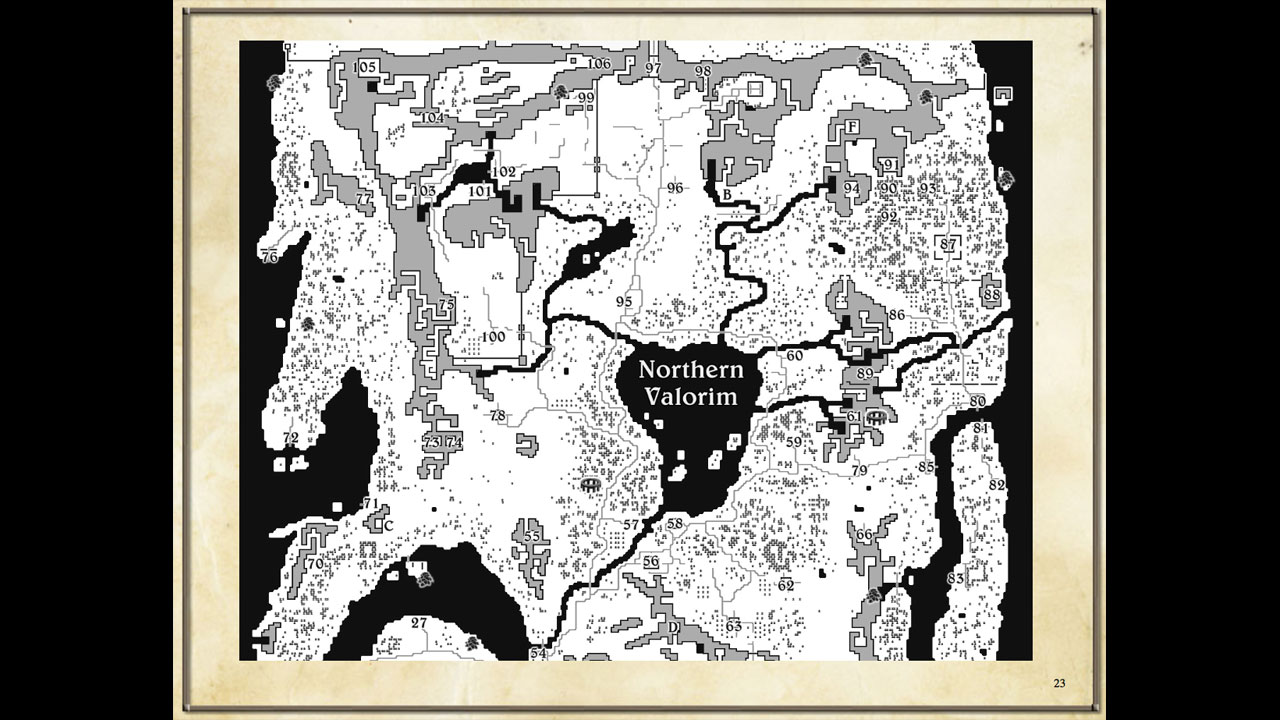
Avernum 3’s level design encourages exploration. Towns and cities aren’t just places to rest and re-stock, but also intriguing places to poke around in. They tell the story of an exiled, subterranean people who are striving to understand, and return to, the world’s surface and are full of secrets.
They reminded me of my favorite moment in Ultima IV. I was traversing the outside of Lord British’s castle, hunting for secrets, and in a patch of forest (in the bottom right corner of the map), I found Joshua. A hint-giver, oddly enough. It was completely unexpected because you literally can’t see him until you are standing on an adjacent tile.
If there was some hint leading to Joshua’s location in Ultima IV, I never found it. Avernum 3 is peppered with these kind of hidden encounters. Towns often have monsters and animals skulking around the edges as well, though most combat takes place in dungeons like the Slime Pit. It’s a highly intuitive dungeon. A central panel opens doors corresponding to their underground location and the boss is progressively weakened, shown by a visual cue that is easy to understand.

In the Slime Pit, I didn’t need help, but I enjoyed confirming my approach with the hint book after I’d cleared it. The hint book has instructions on how to navigate the area and weaken the boss, but more specific tips are absent. I also found an (undocumented) orb that can open just one of the magical doors I’ve seen everywhere. Can I appreciate the joy of that discovery, or did I want the guide to tell me it was there? I’m honestly not sure.
In that guide I also read that vampires had level-drained poor Anomen and that there was a star sapphire in a privy in De’Arnise Keep.
In creating the hint books, one of Vogel’s aims is, "To think about what the player would want and might miss." He also says, "It’d be nice to have maps for every section, but that would be too awkward and too much work. I give a full walkthrough, answers to all the quests, guides to hidden dungeons, and lists of special collectibles." This is true, but I wonder whether I want Avernum 3’s hint book to be even more detailed. Don’t misunderstand me. It’s wonderful—and that is why I want more of it.
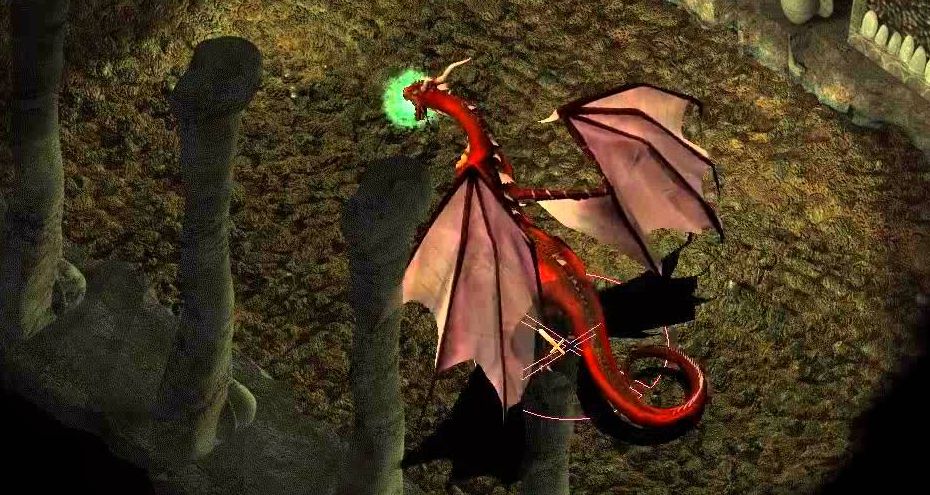
Firkraag was the first dragon I slew in Baldur’s Gate 2. But before I enjoyed that moment of triumph I read the comprehensive Prima guide, because I couldn’t figure out how to cause Firkraag any damage. In that guide I also read that vampires had level-drained poor Anomen and that there was a star sapphire in a privy in De’Arnise Keep. I was richer for knowing, literally.
So, what’s the point of all of this? That games should have hint books because some lady needs her hand held? Don’t be silly. I played Ultima: Worlds of Adventure 2 — Martian Dreams hint-free. (Well, up to the frozen laboratory and plant-robots. I got that far. It was very far.) Hint books are an opportunity to welcome players, old and new. If indie iterations of 'hardcore' games can find a larger audience without sacrificing what makes them special, we can play more of them. That’s good for everyone, surely. "For a small developer, hint books make a significant bunch of extra money," Vogel says.
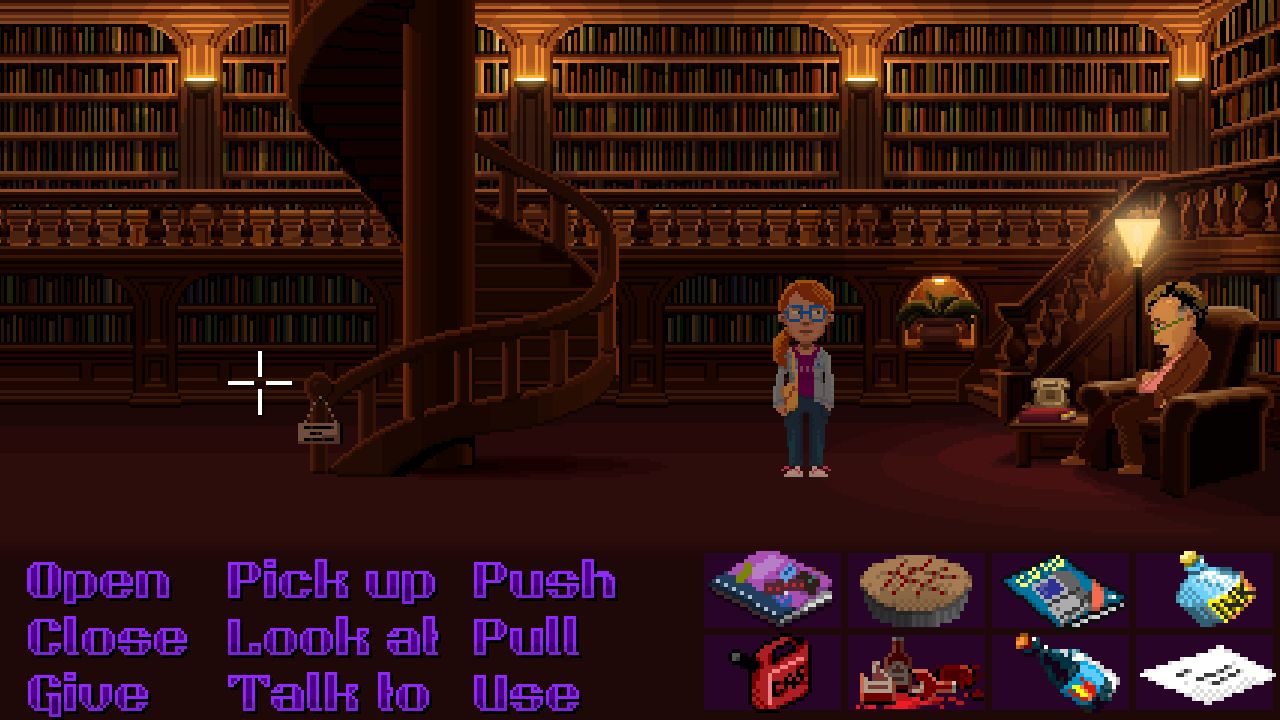
Official guides that are tailored to genre and play experience have been, at least to some extent, replaced by trying to navigate a let's play, which is a process fraught with spoilers and time wasting.
If it's super easy to get hints, then people will do that all the time. If it's super hard to get hints, people who are already frustrated enough to want a hint will get even more frustrated.
Jenn Sandercock
I enjoy watching let’s play videos for fun, but less so when it’s an adventure game and I just need a hint. Last year I reviewed Thimbleweed Park, a modern iteration of the early LucasArts adventures, like Monkey Island, made by some of the original designers. On the two occasions I was stuck a PR representative named Emily Morganti deftly alluded to a solution rather than spoiling me, as a video would have. I felt like I’d solved the puzzle myself.
Wanting the same experience for other players but figuring Emily wouldn’t have time to talk to literally everyone, I made an incremental hint guide in Twine, which has been used more than 15,000 times. Later, in one of Thimbleweed Park’s updates, it became the HintTron 3000, an in-game hintline you can call from any of the game’s phones. You can then access progressively more explicit hints, including a solution, for any puzzles that are currently relevant to your game state.
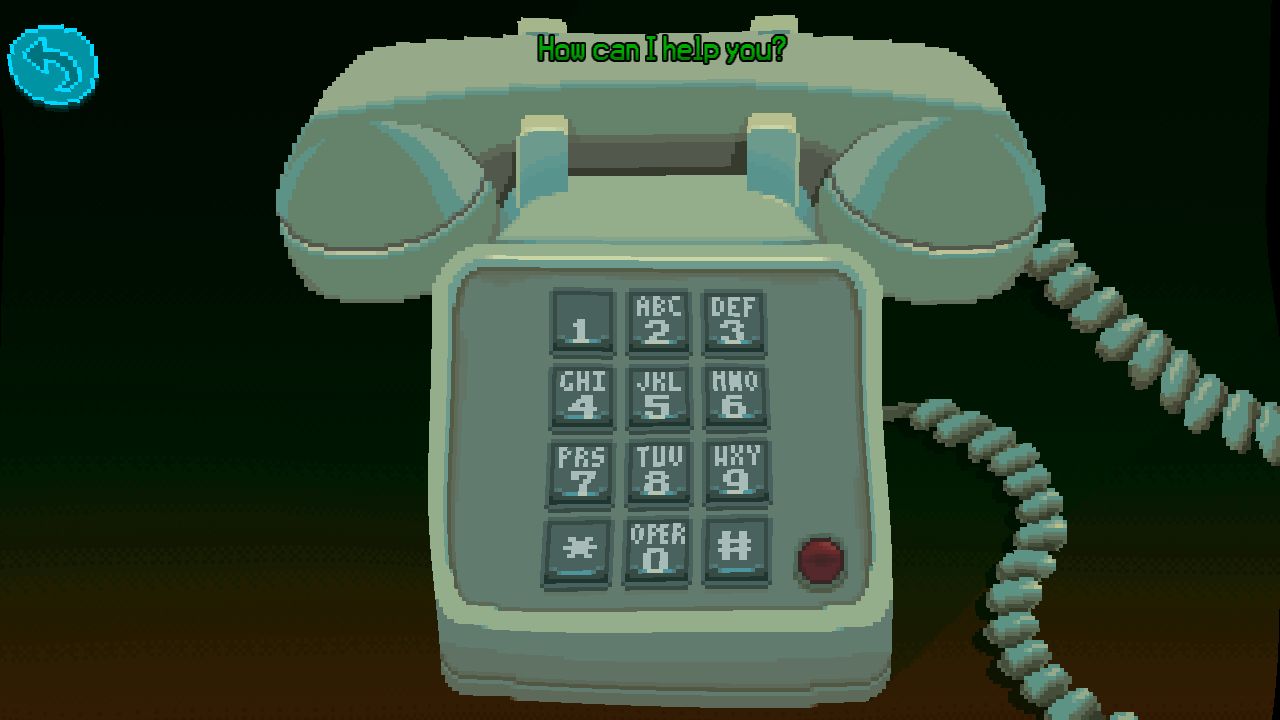
But why the phone? It’s reminiscent of the expensive hintlines you could call before the internet was a thing. (I never called one, thanks to living in Australia. My dad wouldn’t even call his "friend" who was "not in our area code".)
Programmer, designer, and producer Jenn Sandercock, in addition to implementing the system, reorganized my hints so they could be found at appropriate times. "I think we got the friction element spot on," she says. "If it's super easy to get hints, then people will do that all the time. If it's super hard to get hints, people who are already frustrated enough to want a hint will get even more frustrated. In Thimbleweed Park, you need to find a working phone, or switch to a character who has one, and dial a number. Then you need to listen to some preamble, work your way through a dialog tree and then you'll find your hint."
I read a lot of positive feedback about the HintTron, as well as a few people saying it was difficult to exercise the self-control needed not to use it. (You can remove it by adding hintsEnabled:0 to the Prefs.json file.) I do understand this. A flatmate bought me The Longest Journey and she showed me the incremental Universal Hint System guide. Once I started, I couldn’t stop. Hints are basically Mentos.
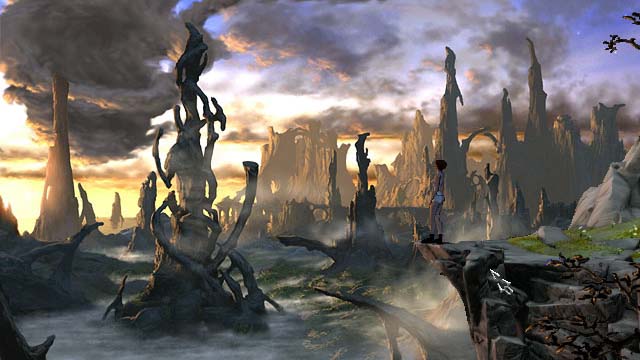
I ask Sandercock where the line should be drawn between an essential instruction or clue that is baked into a game, and a hint. "It must be possible for players to complete the entire puzzle without any hints. You can't ask people to do something and then have nothing in the world, or people's common knowledge, that says how to go about solving the puzzle.
I remembered every puzzle I solved, because having help didn't detract from the potency of my own achievements.
"The hints should only be there to reinforce or remind people of things they already know, might have missed or to help them make a leap in logic. A character might say, 'I need Thimbleberry Pie'. There must be clues as to how to find or make pie embedded into the world, but players might see them before they've been given the task (and so could ignore them), skip over the text quickly or they might take a break from playing the game and forget the details."

When Avernum 3’s hint book told me to find Johnson, I remembered that a character had mentioned to do so. I had not been prevented from leaving Fort Emergence before I’d completed this 'tutorial step', as might happen in a modern RPG. It is a truly open world.
Thimbleweed Park also lets you discover things in your own sequence, potentially creating problems. "One unexpected thing about the HintTron was people being able to learn which puzzles they could solve or were meant to be solving now," says Sandercock. "It is a big game and there are times when there are things you think you can do, but you can't until you unlock a new area or character."
Oddly, I can’t recall where I needed subtle suggestions from Emily in Thimbleweed Park. What I remember is finding specks of dust, right when I needed a coin and thinking, "This game is teaching me how to pixel hunt." In making my Twine guide, I barely needed to refer back to the game. I remembered every puzzle I solved, because having help didn't detract from the potency of my own achievements.
So I’m proud to be both a user and creator of game guides. The first I ever contributed to (professionally) was for The Sims 2, shortly after its release. Guides for simulations can be different again, and Carl’s guide is a good example of one that inspires self-directed play by comprehensively outlining what is possible. I used it to make the ultimate gardener/fisherwoman/chef combo in The Sims 4.
As an 'old school' gamer, I do get sad when games change. Yet I speak to indie designers who want to recreate the experiences of their childhood without alienating enthusiastic newcomers who might enjoy their games. Making a guide should not indicate a failure of design or a lack of the player’s expertise. A guide should be like a helpful PR rep or the friend my dad invented—someone who doesn’t tell you what to do, but knows how to lead you there so you can discover it for yourself.

